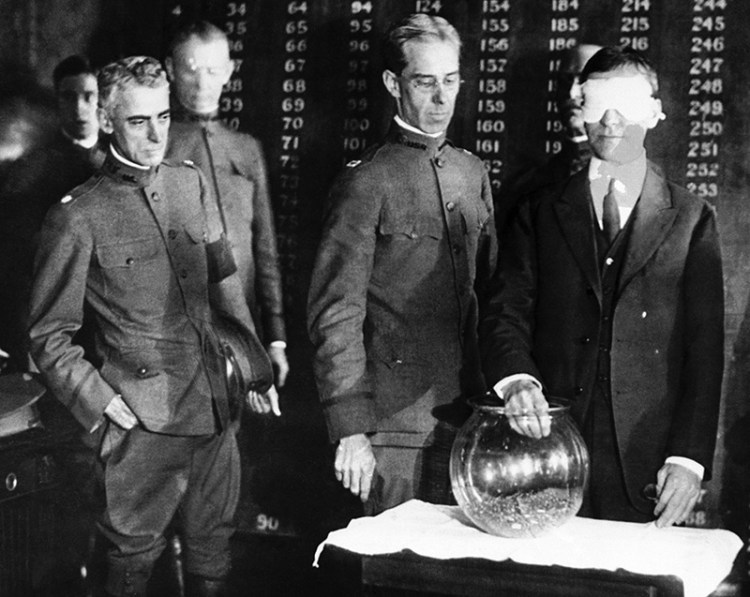A federal court judge recently declared what should already have been obvious: It’s unconstitutional to require only men – not women – to register for the military draft now that women can serve in combat.
For most of the 20th century, the U.S. required men ages 18 through 25 to register with the Selective Service System so that the government could identify would-be soldiers if the president and Congress authorized a draft. The mandate applied to men alone because only men could serve in combat roles in the military.
But that limitation was removed in 2015, when the Pentagon opened all combat jobs to women.
BETTER WAYS TO RAISE AN ARMY
“While historical restrictions on women in the military may have justified past discrimination, men and women are now ‘similarly situated for purposes of a draft or registration for a draft,’ ” Judge Gray Miller wrote in his ruling, which found the Military Selective Service Act unconstitutional but stopped short of ordering the government to include women in the registration requirement.
Indeed, it’s only logical and fair that the registration requirement should apply equally to men and women if the U.S. continues to have a Selective Service System. But that should be a very big “if.”
The lawsuit brought by the National Coalition for Men, a men’s rights group, covered the narrow question of who should register. The bigger question is why should the nation require anyone to register for a draft that is purely hypothetical? Aren’t there smarter, more efficient ways to raise an army in times of need?
Lawmakers actually teed up these questions in 2017, creating the National Commission on Military, National, and Public Service to study whether the nation still needs a draft registration system and, if so, who should register and how the system could meet modern-day national security needs. The commission’s recommendations are due next year.
It’s long past time for Congress to reconsider the Selective Service System. Registration is a vestige of a different era, when young men could be conscripted to serve in the military involuntarily. The U.S. ended the draft and shifted to an all-volunteer military in 1973, after public support for conscription had dwindled amid the Vietnam War. The Soviet invasion of Afghanistan led President Jimmy Carter to reinstate registration seven years later so the country would have a draft-ready list of potential soldiers in case of national emergency.
SPECIALIZED SKILLS NEEDED TODAY
Even after the attacks of 9/11 and the wars in Afghanistan and Iraq, however, the U.S. has continued to rely on a highly trained and professional all-volunteer military. It’s hard to imagine a situation in which Congress would reinstate – and the public would support – drafting young people into involuntary service.
The nation spends over $23 million a year to register young men and to maintain the database of their information. Sure, that’s chump change in the federal budget. In peacetime that database is primarily used to recruit volunteers and to verify that young men have registered for Selective Service (failing to do so can result in the denial of financial aid for college, a government job or other benefits). And it’s questionable how useful this mass database would be for a military increasingly reliant on highly specialized skills for 21st-century warfare.
The Pentagon has called Selective Service registration a low-cost insurance policy for a national emergency. But when Carter reinstated the draft registry in February 1980, registration forms were ready by July, and by September the Selective Service had received registration cards from 93 percent of eligible men. This was before the Internet arrived to enable instant online registration and the quick, cost-effective gathering of data.
Yes, of course, women have a civic duty just like men and should be called upon to serve if that time of need comes. But progress isn’t adding women to what may be an obsolete draft registry system. Congress should fix the system first.
Send questions/comments to the editors.



Success. Please wait for the page to reload. If the page does not reload within 5 seconds, please refresh the page.
Enter your email and password to access comments.
Hi, to comment on stories you must . This profile is in addition to your subscription and website login.
Already have a commenting profile? .
Invalid username/password.
Please check your email to confirm and complete your registration.
Only subscribers are eligible to post comments. Please subscribe or login first for digital access. Here’s why.
Use the form below to reset your password. When you've submitted your account email, we will send an email with a reset code.